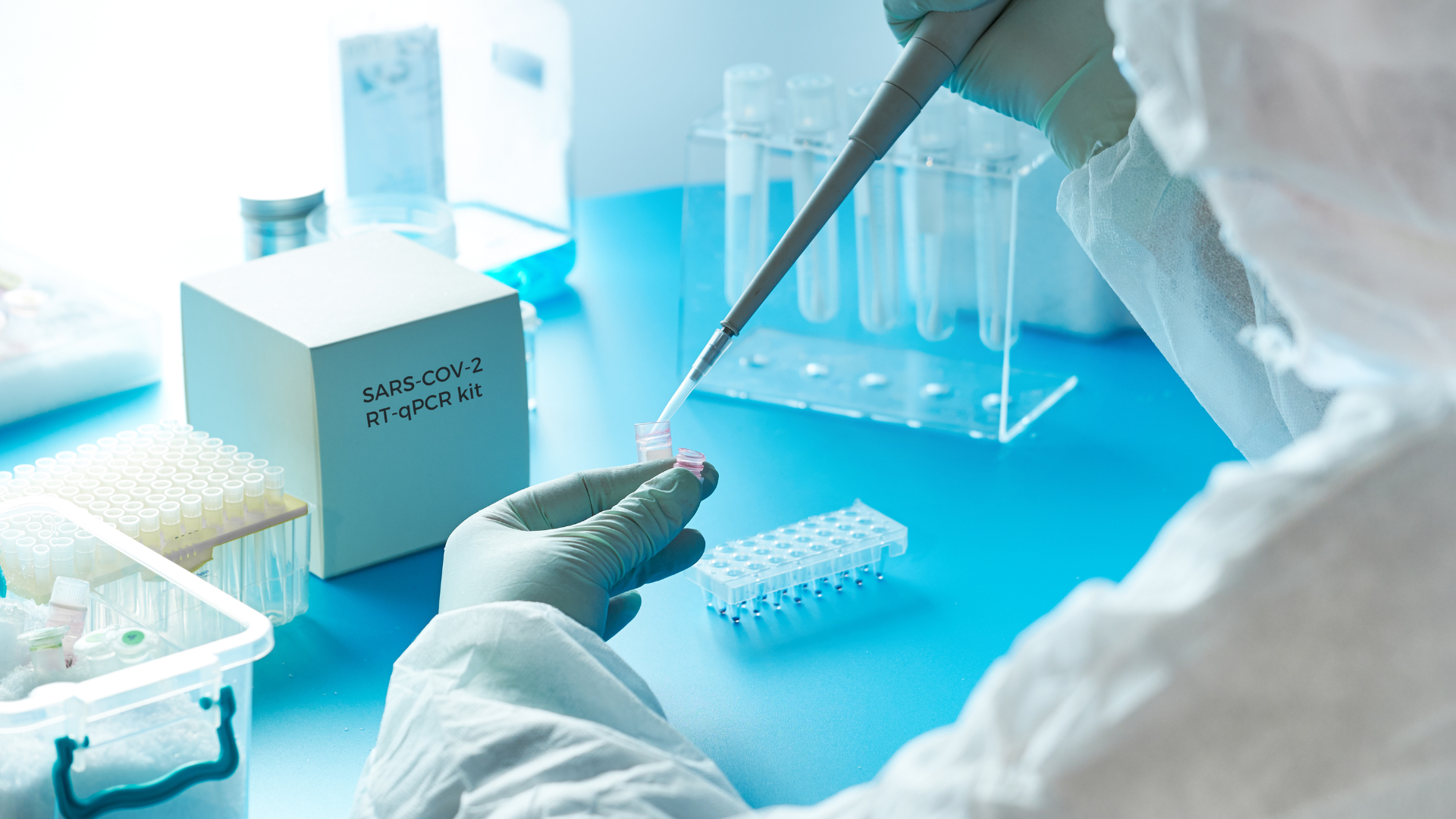July 18, 2022

Out in PLOS ONE, a modeling study by One Health Trust researchers and collaborators simulated the impact of RT-PCR assays, rapid antigen tests, and vaccinations on SARS-CoV-2 spread, based on testing strategies in India and the United States. For the same coverage and frequency of testing, RT-PCR assays resulted in 12.65% and 9.30% more cases than antigen tests in the United States and India, respectively. The findings were probably due to RT-PCR tests requiring a longer turnaround time during which infected individuals may continue transmitting. Although increasing the testing frequency had the most impact on controlling transmission, increasing testing coverage was deemed necessary in scenarios of sustained transmission. A resource-limited vaccination strategy and high-frequency testing were 16.50% more effective in reducing cases in India than in the United States.
Find the PLOS ONE article, here.

